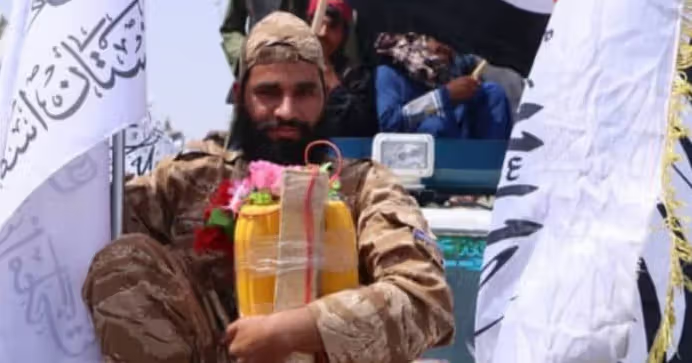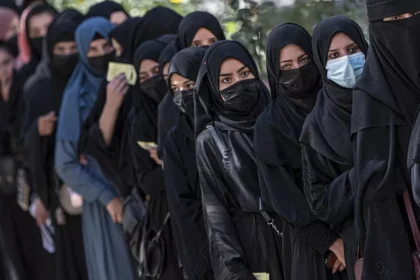RASC News Agency: Khairullah Khairkhwa, the Taliban’s acting Minister of Information and Culture, announced during a recent visit to Jowzjan province that the group plans to establish not only so-called “jihadi museums” but also a dedicated “jihadi archive.” According to the Taliban’s statement, these projects are intended to “preserve the history of jihad and past struggles.” Khairkhwa reportedly discussed the initiative with Gol Haidar Shafaq, the Taliban’s governor in Jowzjan, presenting it as a cultural investment. Yet, the Taliban’s claims of cultural preservation conceal a more sinister reality. No concrete details have been provided on what these museums and archives will contain. However, past Taliban exhibitions showcased motorcycles used in guerrilla attacks and crude barrel bombs deployed against Afghanistan’s former security forces and international troops. These same tools of war were responsible for killing tens of thousands of civilians including women and children over the last two decades.
Analysts argue that the Taliban’s efforts to institutionalize their violent past through museums and archives are less about preserving history and more about normalizing brutality as a cultural value. What the Taliban present as “heritage” is, in reality, the glorification of instruments of terror and the elevation of extremist ideology into a national narrative. Rather than fostering critical thought, scientific inquiry, or cultural growth, these initiatives aim to shape a generation of Afghanistani youth into blind adherents of fundamentalism. Civil society experts and university scholars emphasize that such projects represent a deliberate attempt to replace intellectual development with indoctrination. By embedding extremist ideology into cultural spaces, the Taliban are effectively erasing Afghanistan’s true historical and cultural identity and replacing it with a distorted narrative built on violence and intolerance. Several Afghanistani intellectuals forced into exile since the Taliban’s return to power stress that if extremism were stripped from the Taliban, the group would lose its entire identity. Their existence is defined by backwardness, violence, and hostility toward civilization; without extremism, the Taliban would cease to function as a movement.
This initiative therefore cannot be seen as mere cultural preservation. It is an attempt to weaponize memory, to control collective thought, and to indoctrinate a new generation. The Taliban’s so-called “jihadi museums” are not places of history but laboratories of propaganda, where terrorism is rebranded as heritage and extremism is disguised as culture. The implications are grave. Instead of museums that celebrate Afghanistan’s ancient heritage, poetry, art, and scientific contributions to human civilization, the Taliban are building shrines to militancy. This effort underscores their broader project: to drag Afghanistan further into isolation and regression. It is a stark reminder that under Taliban rule, culture is not a means of enlightenment or nation-building but a weapon for ideological control.
International observers warn that this development could have long-term consequences, not only for Afghanistani society but also for global security. By turning history into propaganda and war into culture, the Taliban are planting the seeds of future radicalization. Far from preserving Afghanistan’s past, they are manufacturing an extremist future.






